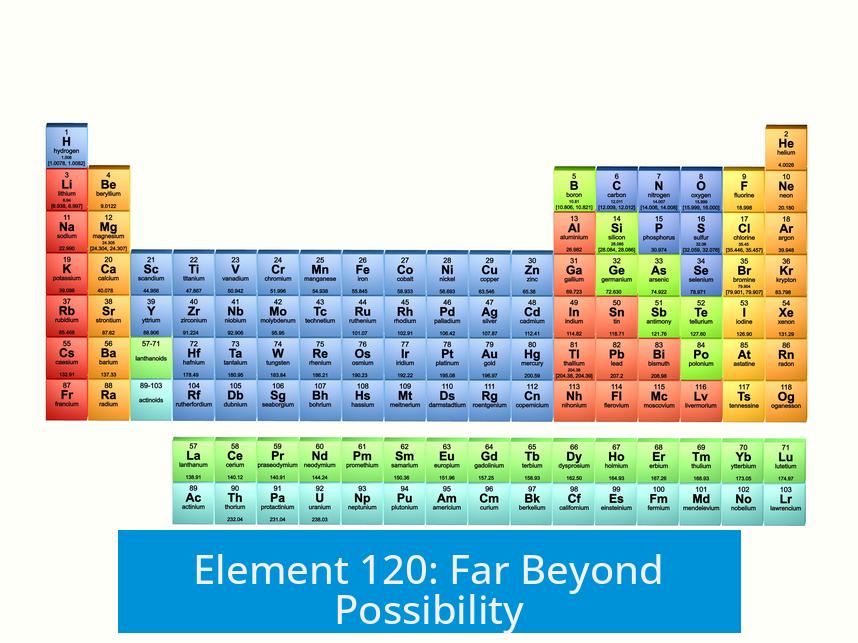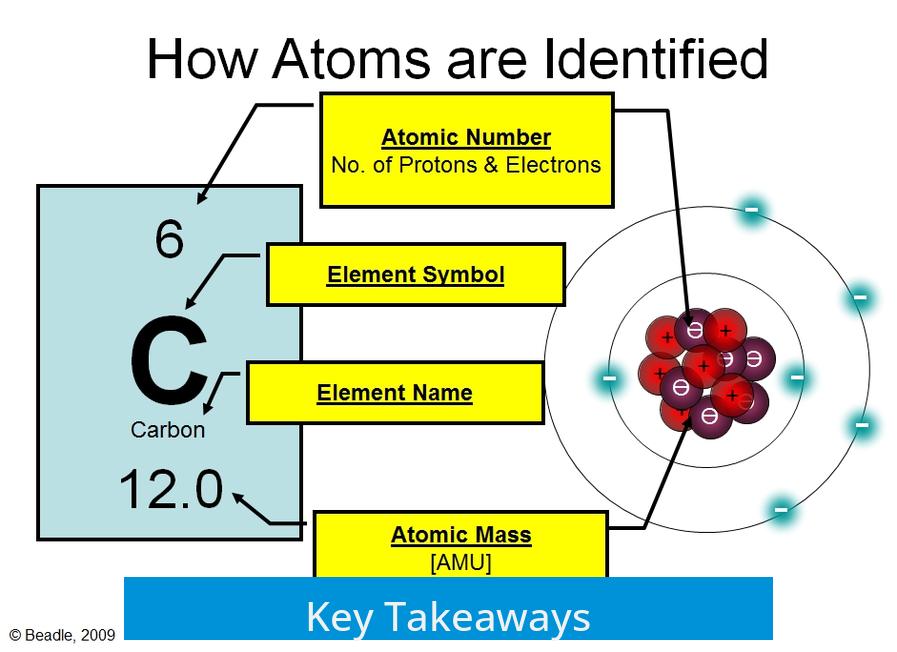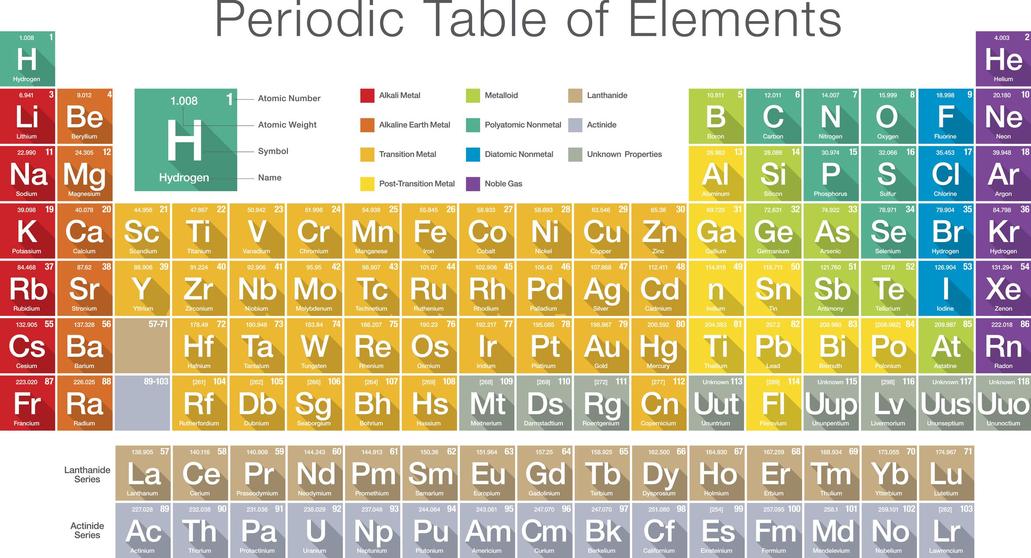Element 120: Far Beyond Possibility?

Element 120 is not beyond possibility, but its synthesis faces significant scientific and technical challenges. Current nuclear physics research aims to create this superheavy element through advanced fusion reactions, pushing the boundaries of accelerator technology and experimental methods.
Production Methods and Challenges
The heaviest element successfully synthesized so far is Oganesson (element 118). It was produced by bombarding a Californium-249 target with Calcium-48 ions, requiring about 2.5 × 1019 ions for just one successful fusion event. Producing element 120 involves similar principles but demands higher energies.
- Modern accelerators must deliver heavier projectiles at speeds previously achieved only for lighter particles.
- Increasing accelerator power is critical to overcome Coulomb repulsion between nuclei.
- Recent strategies avoid alpha particles and traditional targets like Uranium or Plutonium, focusing instead on heavier, exotic nuclei.
Element 120 vs. Element 118
Element 120 represents the next step after Oganesson, and theories suggest it may have marginally greater stability since even-numbered nuclei tend to be more stable than odd-numbered ones. This trend supports the pursuit of element 120 over odd-numbered neighbors.
Theoretical Models and Island of Stability

One alluring goal is reaching the “island of stability,” a theoretical region in the nuclear chart where superheavy elements could have much longer half-lives. Some models suggest that while element 120 might be very unstable, elements around 130 protons could exhibit measurable lifetimes. This prospect motivates ongoing research despite difficulties.
Technical and Financial Limitations
Producing element 120 requires accelerators capable of higher beam energies and greater sensitivity to detect rare fusion events. Present facilities have limits in energy delivery and detection thresholds, making this a complex, resource-intensive task. Funding remains a critical factor to advance these experiments. Notably, several national laboratories plan to initiate element 120 synthesis attempts shortly.
Practical Relevance and Controversies
The practical applications of element 120 remain speculative due to expected extreme instability and rapid decay. These experiments primarily enhance fundamental understanding of nuclear structure and test theoretical models. Past discoveries, like element 118, involved controversies over data integrity, underscoring the challenges and scrutiny in this field.
Key Takeaways

- Element 120 synthesis is challenging but within reach of current advanced technology.
- It requires powerful accelerators and innovative target-projectile combinations.
- The island of stability offers hope for more stable superheavy elements beyond 120.
- Financial and technical constraints limit rapid progress.
- Research focuses primarily on expanding nuclear science, not practical applications.
Element 120: Far Beyond Possibility?
Is the creation of Element 120 within our reach or just a wild dream? The answer: while challenging, it’s squarely on the horizon of modern physics and chemistry.
How Do Scientists Even Make Superheavy Elements?
It all starts with smashing atoms together—like an atomic bumper car derby. Oganesson, the last heavyweight champion at element 118, was born by firing a ton of calcium ions (specifically Calcium-48) at Californium-249. We’re talking approximately 2.5 × 1019 calcium ions. That’s a powerhouse of collisions resulting in the rare fusion reaction needed.
But this isn’t a call to just crank up your particle accelerator’s dial and hope for the best. While it’s true you can push heavier particles to the same speed by adding more power, it’s not just about speed. The choice of projectile and target nuclei has evolved considerably. No more alpha particles flying at uranium or plutonium like in the old days. Now, scientists select targets and beams that optimize fusion chances, but the heavier they get, the tougher this gets.
Why Element 120 and Not Just Keep Going?

Element 118 (Oganesson) may be the current heavyweight, but element 120 looks like the next plausible addition to the periodic table’s latest rows.
Interestingly, even-numbered elements like 120 have a slight edge in nuclear stability compared to their odd-numbered cousins. This is due to the pairing of protons and neutrons that seems to lend some “nuclear harmony.” So even though going beyond 118 is technically hard, the odds favor 120 over odd neighbors like 119, which tend to fall apart faster.
The “Island of Stability”: Is It Real?
Imagine the periodic table as a vast ocean of unstable, radioactive elements. Somewhere out there, scientists believe an island of stability exists, a safe haven where super-heavy elements enjoy surprisingly long half-lives. According to nuclear theory, specific combinations of protons and neutrons could let elements survive long enough for practical detection and study—even if just for a stopwatch’s worth of time.
Whether 120 will bask in this island’s calm seas or sink fast remains an open question. Some models even suggest we might someday craft element 130 before perfecting 120. That’s a fun twist, no?
What’s Holding Us Back: Technical and Financial Hurdles
Let’s face it: building the particle accelerator needed to cook up element 120 is no small feat. Current accelerators hit energy ceilings and sensitivity limits. To make 120 and beyond, we need machines that pack more punch and detect fleeting atomic traces with razor precision.
Of course, this all costs money. A lot of money. More cash means more experiments, and more experiments mean more chances at hitting the jackpot. Luckily, several national labs are funded and gearing up for these ambitious experiments. If you’ve got connections there, now’s a good time to send chocolate—or just ask r/physics for updates.
Is Element 120 Just a Nerdy Trophy or Does It Matter?

Here’s where things get interesting—and a bit controversial. What’s the point of making elements that fall apart almost instantly? Practical uses are sparse; their instability undermines any real-world function like in medicine or materials science.
Yet, pushing the limits of our knowledge often births unexpected benefits. Besides, discovering new elements shines light on the fundamental forces holding nuclei together. Understanding this better could refine our physics models or even unlock new technologies down the line.
For the curious, the saga of element 118’s discovery wasn’t without drama. Some scientists at Lawrence Berkeley National Lab accused Victor Ninov—the credited discoverer—of data fabrication. Whether that drama dents the quest for 120 or adds spice to it, only history will say.
What’s Next?
Experiments targeting element 120 are scheduled to begin any time now, with cutting-edge technology and a little dose of scientific courage. The race is on, and each effort to create this element is a gamble against the inherent instability of the superheavy domain.
So, what should you make of all this? Should you care if element 120 materializes or not? Maybe yes if you thrive on human curiosity and progress, or maybe no if you’re waiting for element 120 to power your smartphone.
Final Thoughts
Element 120 isn’t just science fiction or an academic pipe dream. Its creation is a tangible goal navigating the frontiers of nuclear physics. Yes, it demands better accelerators, deeper pockets, and a bit of luck in the nuclear dance. Yet, if it happens, it’ll deepen our understanding of matter’s building blocks and might just rewrite the chemistry books once again.
Are we ready to boldly go beyond where no element has gone before? The atomic community is gearing up, and science fans everywhere are watching the periodic table inch forward, one proton at a time.
Feeling inspired or have opinions? Dive into discussions at r/physics, where the smartest minds muse about the future of elements.
What makes producing element 120 more difficult than element 118?
Element 120 requires more powerful accelerators and precise detection. Heavy particles must be sped up significantly higher than for element 118. Current technology limits capacity and sensitivity, posing a big challenge.
Why are even-numbered elements like 120 expected to be more stable?
Even-numbered nuclei tend to have paired protons and neutrons, which gives them extra stability. This contrasts with odd-numbered elements that often decay faster. Stability improves chances of detection and study.
What is the “island of stability” and how does it relate to element 120?
The island of stability is a theory predicting certain super-heavy elements might have longer half-lives due to favorable proton-neutron combinations. Element 120 may lie near this region, making it a key target for experiments.
Are there current projects aiming to synthesize element 120?
Yes, national labs have funded experiments planned for the near future. These projects aim to overcome technical barriers using advanced accelerators and improved methods to possibly create element 120.
Is there practical use for element 120 if it is made?
So far, super-heavy elements like 120 are mostly of scientific interest. Their instability limits practical applications. Research focuses on understanding atomic forces and nuclear physics rather than immediate use.





Leave a Comment